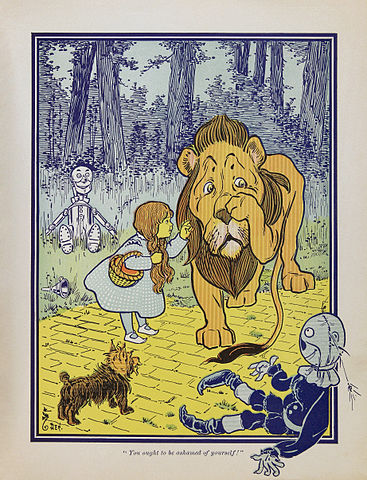In the field of literature, symbols and motifs are important concepts that are heavily utilized by authors to convey meaning beyond ordinary words. Understanding the differences between these two figures of speech is essential for fully appreciating literary works.
Key Takeaways
- A symbol is an object or figure used to compare something with something else, typically appearing only once or twice in a literary work.
- Motif is a recurring idea in a work of literature that supports a theme and can be a word, sound, or image.
- While symbols carry a deeper meaning, motifs help in developing the theme of a literary work and are seen as recurring elements to readers.
Understanding Symbols
Symbols are easy to understand in general, as they are often used in various subjects. For example, O2 is a symbol for oxygen gas in chemistry. In literature, a character might be compared to something or someone else through symbolism. Although it may seem impossible to compare a person with a lion or a rock, authors make use of symbols to do so. A symbol is not overused, appearing only once or twice in a literary work. The cross is a well-known example of a symbol, representing Christianity.
Understanding Motifs
A motif, however, is a recurring idea in a work of literature that supports a theme. It can be a word, image, or sound that helps develop the theme of the work. For instance, in Veronica Roth’s book Divergent, different factions in society have specific dress codes symbolizing their character traits. This recurring image can be considered a motif. Another example is Dorothy’s journey in The Wonderful Wizard of Oz.
Differences between Symbols and Motifs
Symbols carry a deeper meaning and are used to compare something with something else. In contrast, a motif can be a word, sound, or image used to help develop the theme in a literary work. Symbols are used sparingly, appearing only once or twice in a novel, while motifs are recurring and more noticeable to readers.
